PROTECT YOUR DNA WITH QUANTUM TECHNOLOGY
Orgo-Life the new way to the future Advertising by AdpathwayDuring the warmest months of the year, summer-blooming shrubs add a burst of color and vibrancy to the garden. For the gardener, these bring flowers to eye-level, which we can fully take in their beauty.
Summer blooming shrubs also bridge an essential gap in the biodiversity of your garden. This period is the summer dearth. It’s the time between spring flowers and autumn’s final colorful burst, providing food to pollinators and birds when it’s scarce.
There genuinely are some stunning plants that bloom beautifully during those hot summer months. Many are drought-tolerant, making them ideal for the heat. Add one or a few of these for a beautiful display of flowers in the summer.
Panicle Hydrangea
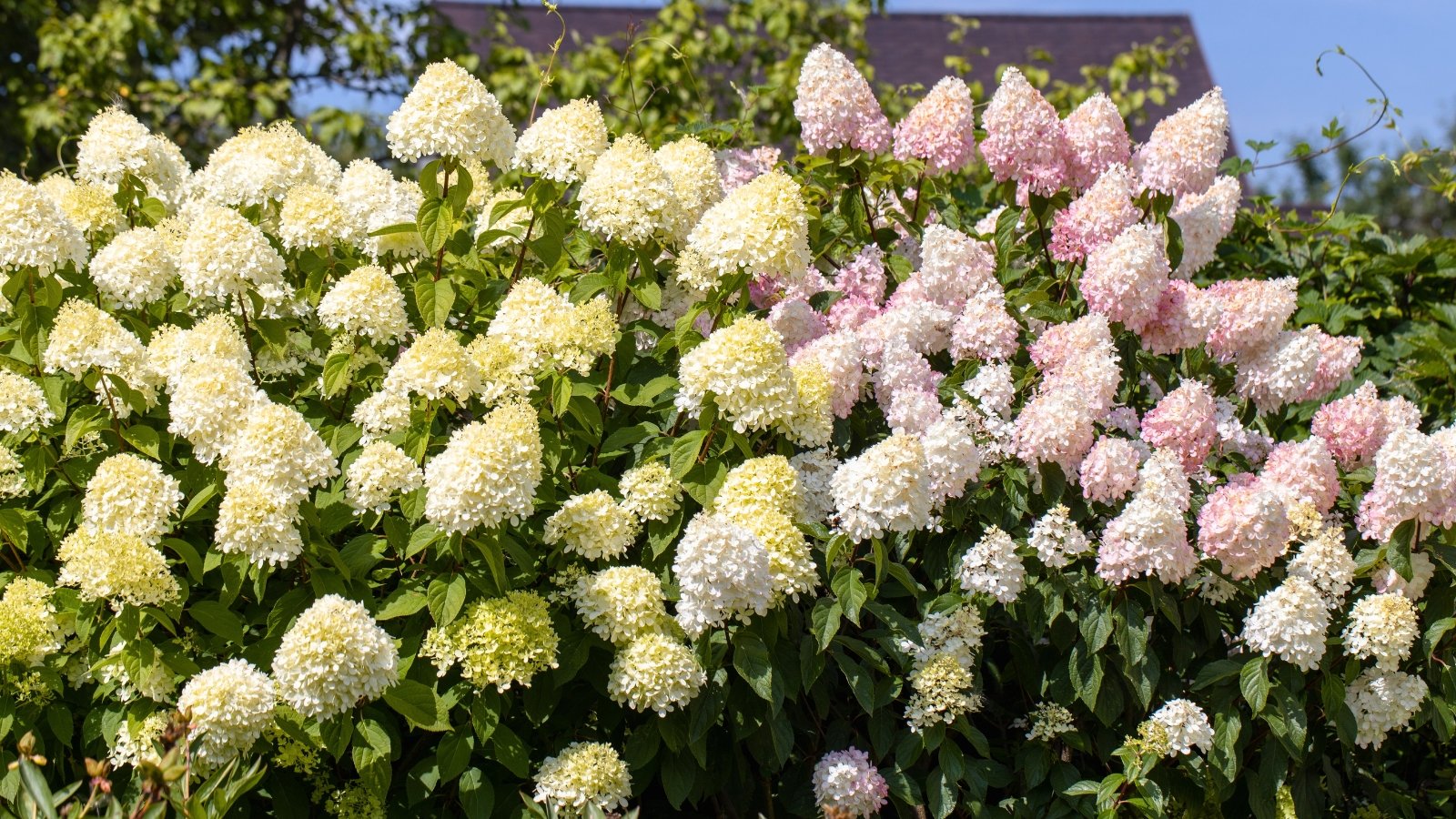 Summer starts slow, then these blooms bring the fireworks.
Summer starts slow, then these blooms bring the fireworks.Panicle hydrangeas are incredible bloomers that fill the garden with color. They bloom for an extended period beginning in mid-to-late summer and often lasting into the fall months. The flowers start green, but many change to shades of pink, red, and rose.
Panicle hydrangeas bloom on new wood so you can deadhead them for more flower power. Larger varieties are perfect for the back of the border. They all make an excellent focal point. Their broad, soft foliage is lovely from spring until the first frost.
Butterfly Bush
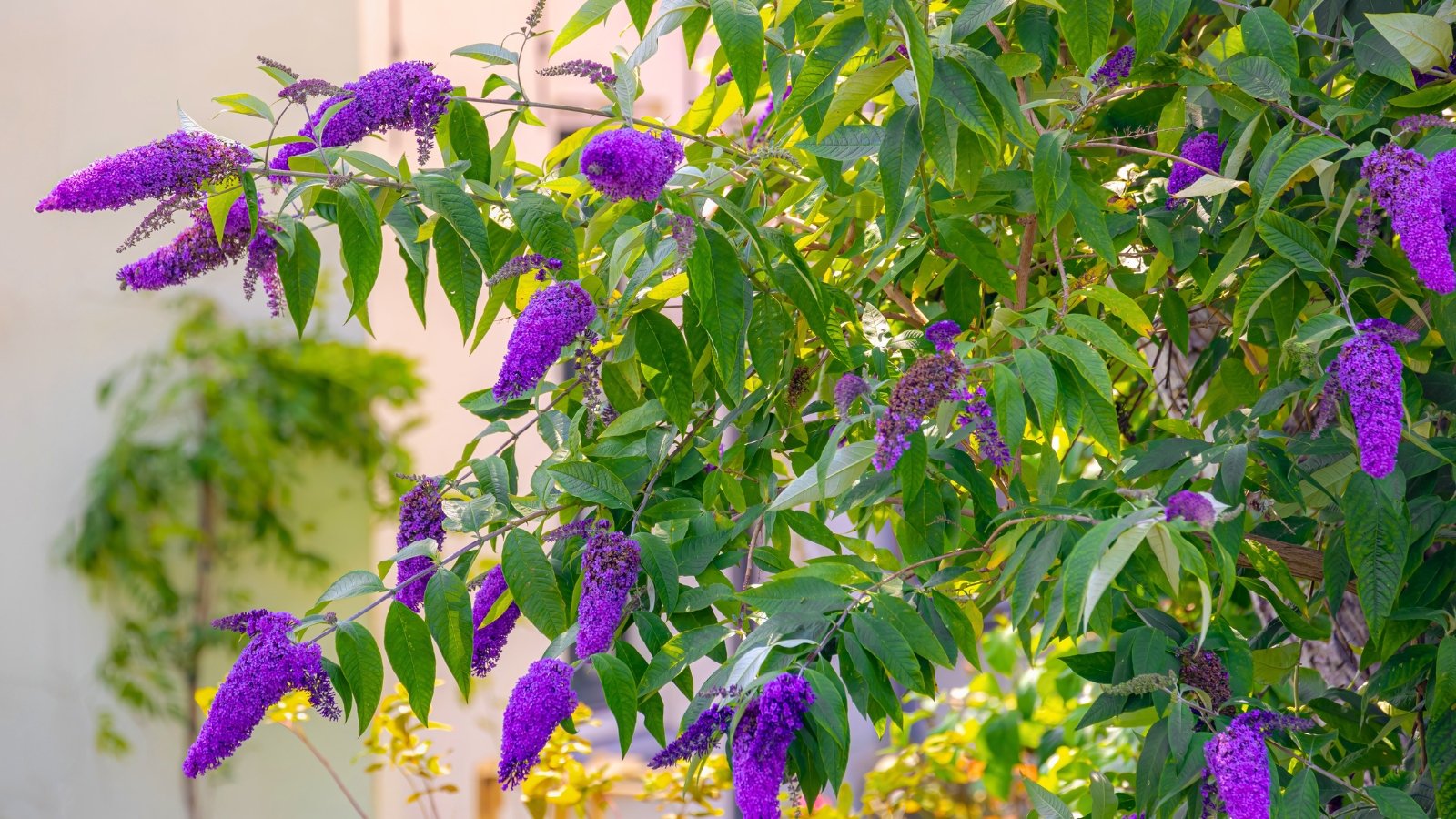 These butterfly favorites dance in warm summer breezes daily.
These butterfly favorites dance in warm summer breezes daily.If you want a fast-growing and reliable bloomer, the butterfly bush is the perfect shrub for summer flowers. This plant is native to China and requires ample sunlight. Once established, it is drought-tolerant. As the name suggests, this one is highly popular with butterflies and other pollinators.
Compact varieties are excellent container plants that grow to a height of between two and six feet. Larger cultivars can reach heights of 12 feet. This is a new wood bloomer, so deadhead often. Some cultivars can be invasive in certain regions, but many modern hybrids are sterile and will not self-seed.
Rain of Gold
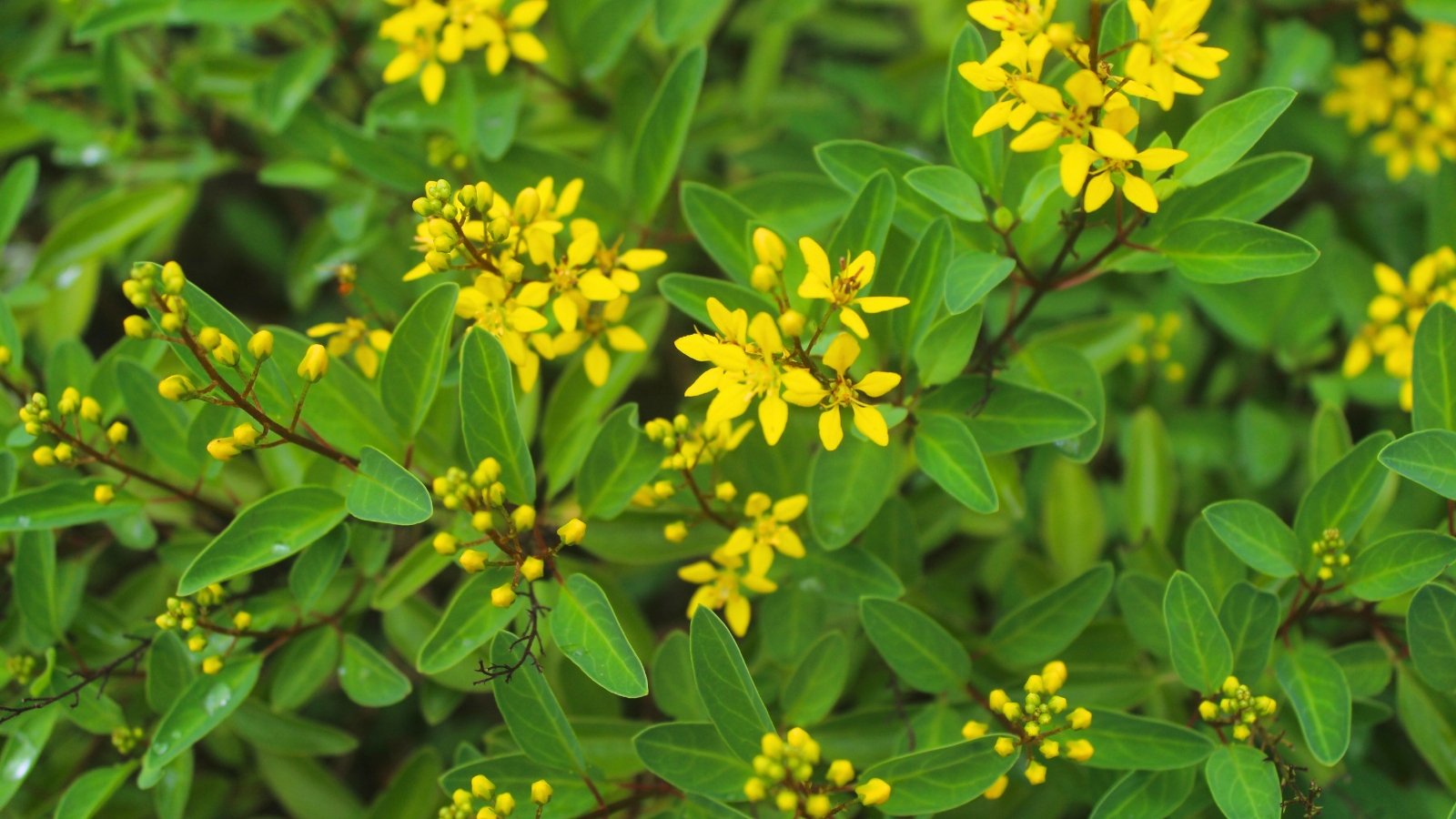 The rounded growth habit makes it perfect for warm spots.
The rounded growth habit makes it perfect for warm spots.This is an excellent shrub that flowers in summer for warm climate gardens. Also called thryallis, rain of gold is a subtropical evergreen that has spikes of bright yellow flowers. They bloom profusely during the warm months, starting in early summer and continuing through fall.
This plant grows in a rounded shape, reaching a height of six feet, although it can be pruned to be taller and more upright. It will grow slightly taller this way. This is a favorite of mine in my zone 9 garden. It’s a great bloomer, and the flower spikes are nice for cutting.
Hibiscus
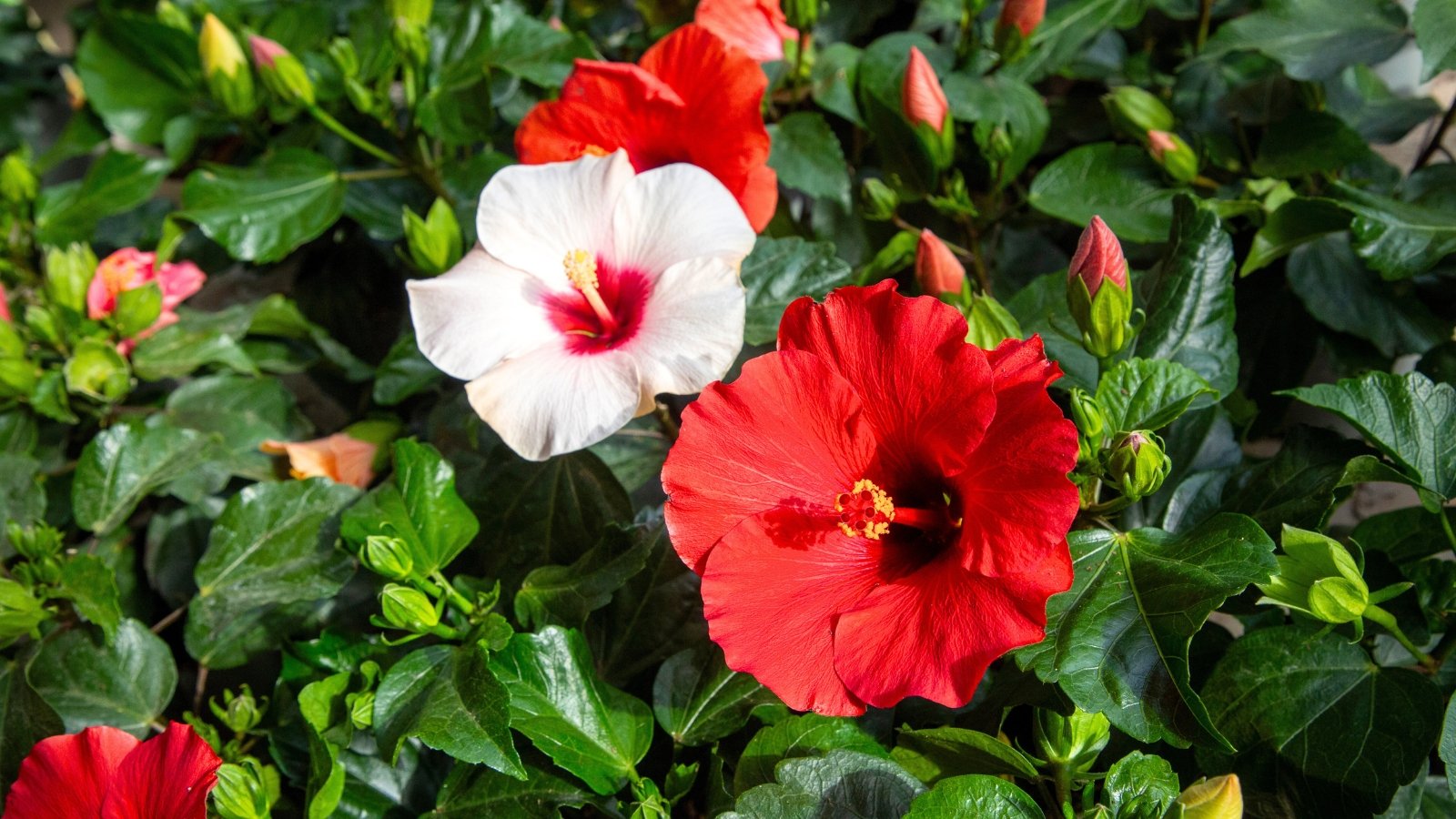 Colorful flowers brighten warm zones almost all year long.
Colorful flowers brighten warm zones almost all year long.There are several species of hibiscus with a summer flowering habit. They’re known for their extra-large, extra-colorful, and flamboyant blooms. Tropical hibiscus (H. rosa-sinensis) is hardy in zones 9-11. These can bloom nearly year-round in the warmer reaches of their range.
Hardy hibiscuses (H. moscheutos and H. syriacus) are great for cooler climates. They are deciduous and tolerate winters as far north as zone 4, with attractive foliage in shades of red, purple, and green. These shrubs create a spectacle in summer and fall.
Japanese Spirea
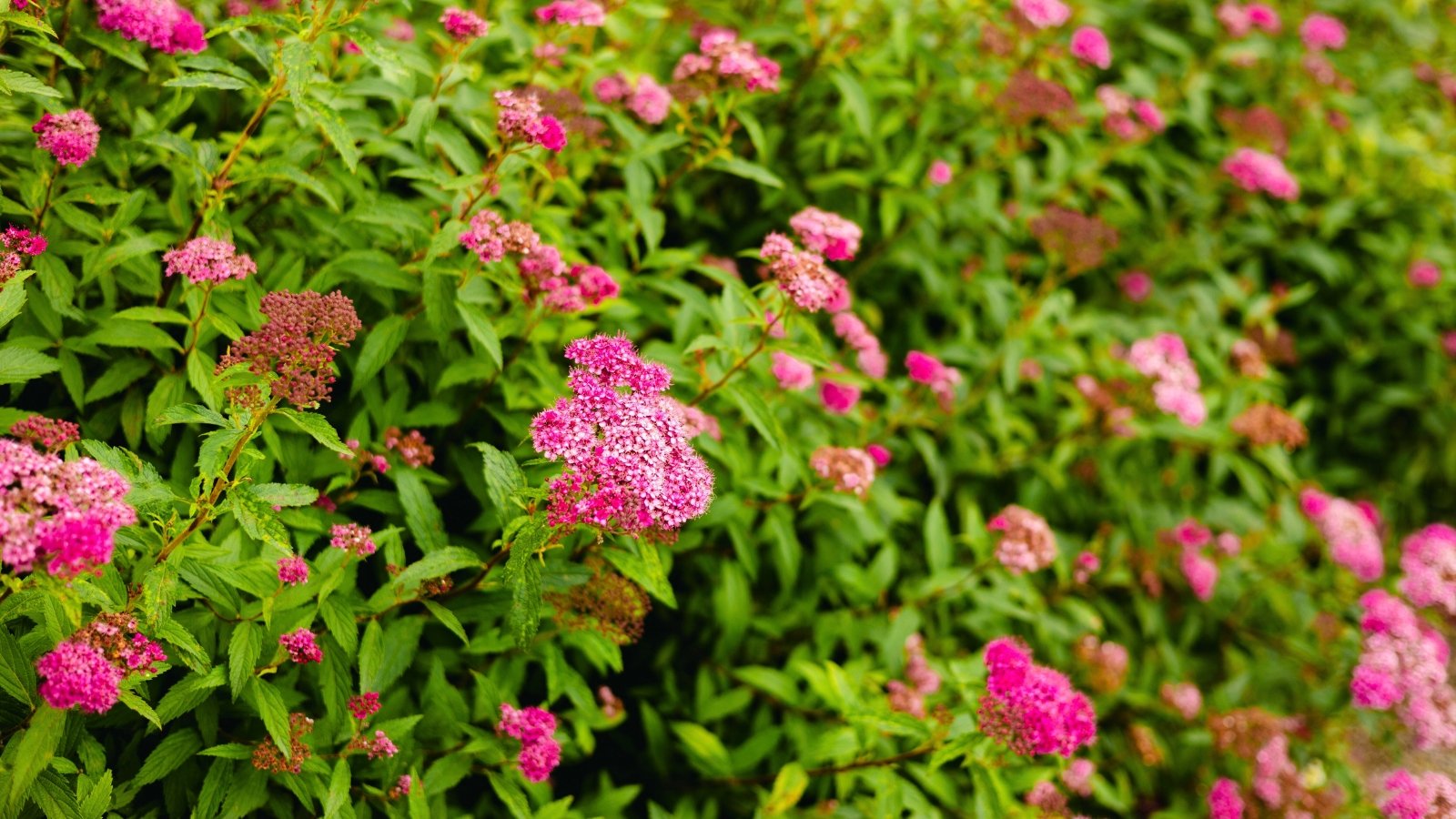 Blooms start early and keep going well into summer.
Blooms start early and keep going well into summer.Japanese spirea is an easy-care, deciduous shrub. It produces a mass of tiny pink, red, and white flowers in summer in substantial clusters. It’s a big bloomer that starts in spring and lasts well into the summer months. Deadhead this one for a chance at a second fall bloom.
These plants are compact, growing to approximately four feet tall at maturity. For a small bush, they certainly do light up the garden. They prefer well-drained soil but are generally adaptable. Some varieties feature foliage in shades of red, gold, or chartreuse.
Bluebeard
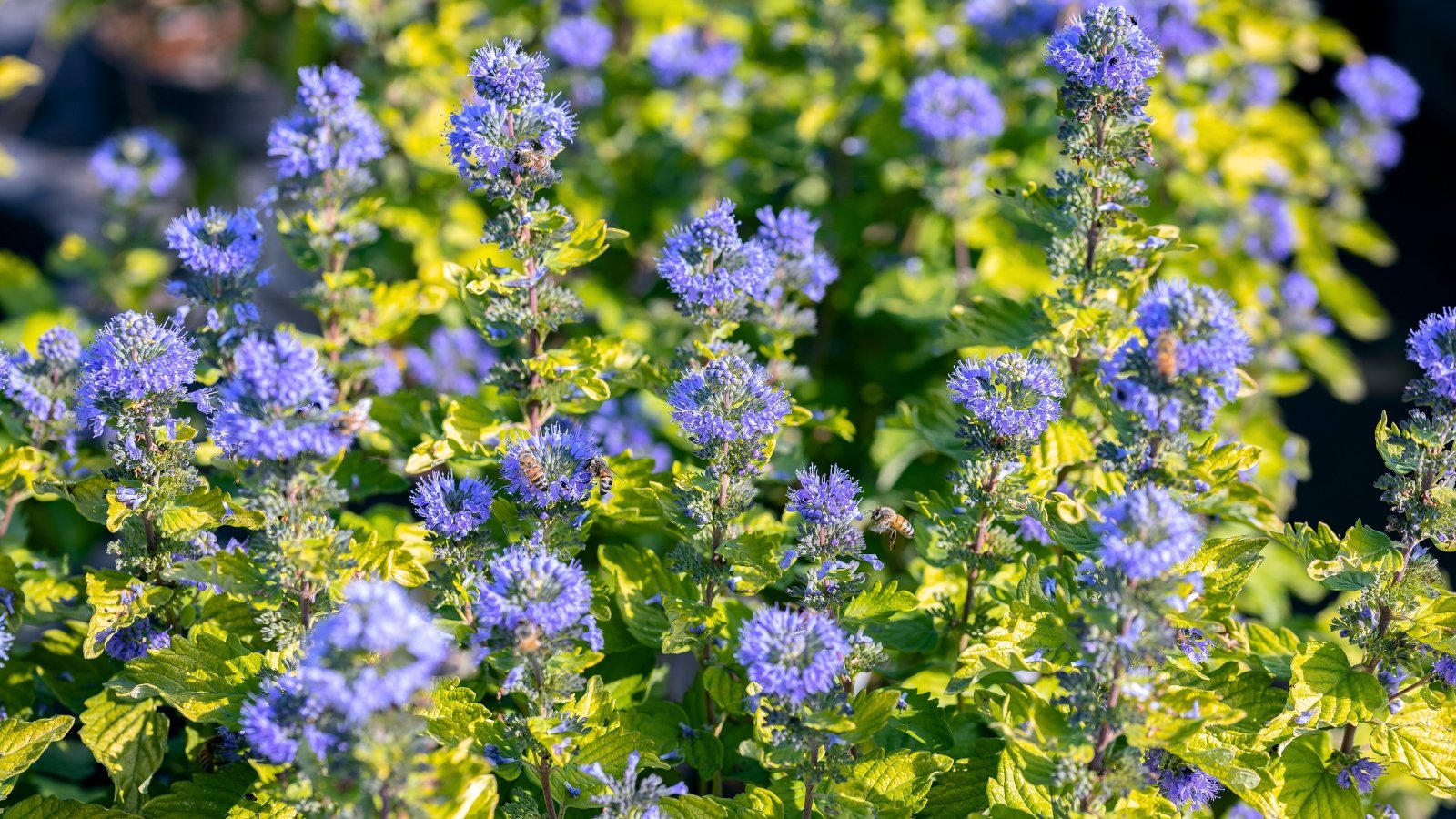 Flowers appear late, adding color when most plants fade.
Flowers appear late, adding color when most plants fade.Bluebeard shrubs produce flowers in late summer and fall, bridging a critical gap for pollinators. Its blue and purple flowers will bring bees and butterflies from miles around. The small bushy shrub is deciduous and may die back to the ground in zones 4-5.
The clusters of tiny flowers grow in clusters, creating a cool and dramatic look in the garden. They resemble saliva and catmint. Compact, these fit into smaller gardens and look stunning planted in a grouping.
Summersweet
 It grows tall or small to fit any garden space.
It grows tall or small to fit any garden space.Summersweet gets its name from the sweet-smelling flowers that bloom in mid-to-late summer. It’s the perfect time, as the garden is winding down, for a display of pretty white to pink blooms. Depending on the variety, they grow from three to ten feet tall. There is a summersweet for every garden.
Plant these around a patio to enjoy their wonderful fragrance. They are bottlebrush-shaped and often attract pollinators. In the fall, the glossy foliage turns a rich gold, adding to the vibrant autumn color palette.
Abelia
 Small flowers make this shrub a pollinator’s favorite hotspot.
Small flowers make this shrub a pollinator’s favorite hotspot.Abelia is a semi-evergreen to deciduous shrub with lovely, arching branches. It’s versatile and low-maintenance, with clusters of small, tubular white or pink flowers. They’re attractive to bees, butterflies, and hummingbirds.
Once established, abelia is tolerant of heat and drought. The foliage can be gold, bronze, or variegated. Newer cultivars tend to be the most eye-catching. They look wonderful in the border, especially when planted in mass.
Rose
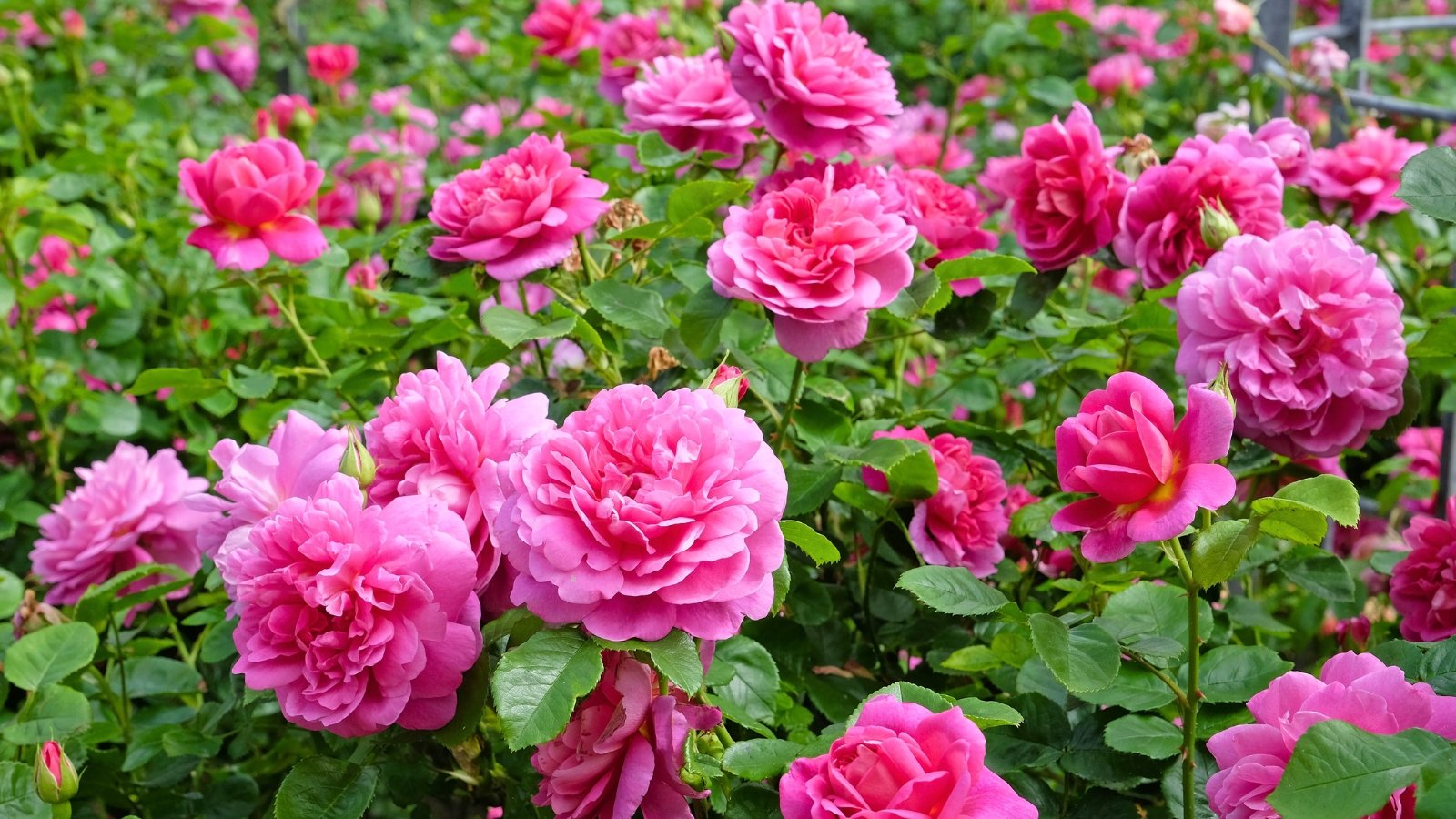 Light pruning encourages fresh flowers all growing season long.
Light pruning encourages fresh flowers all growing season long.Roses can be a challenge, but these classic beauties can add a lot of graceful beauty to the garden. Roses bloom from spring until fall, depending on the cultivar. Many are repeat bloomers that will send out flushes throughout the season.
If you want your rose to bloom repeatedly, it’s important to prune it lightly after it finishes. Lightly trim off the blooming branches to just above a node, where the leaves grow. Select a variety that thrives in your climate, as there is considerable variation.

Weigela
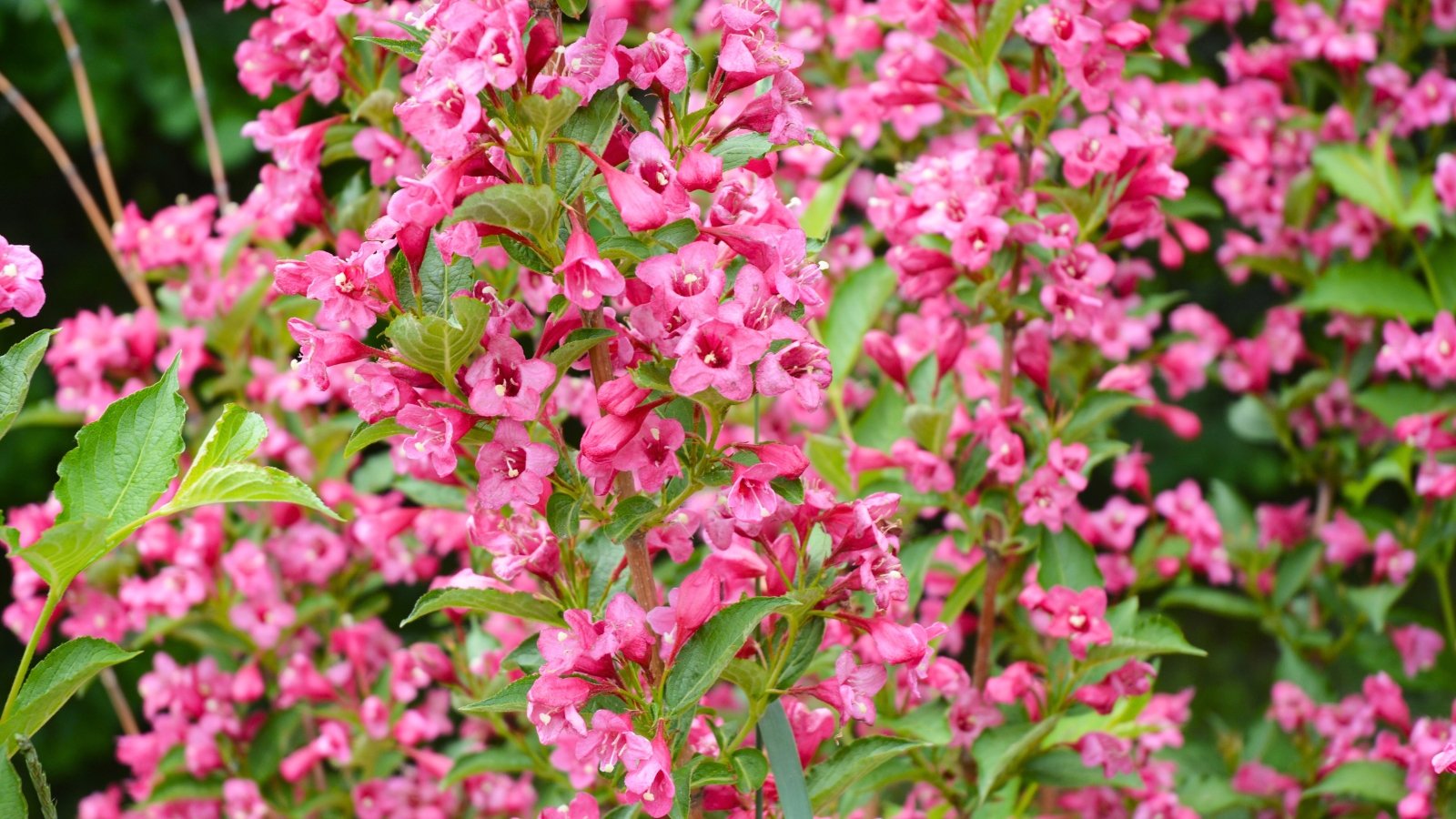 Minimal care is needed for vibrant leaves and repeated flowers.
Minimal care is needed for vibrant leaves and repeated flowers.If you want colorful foliage on a shrub with summer flowers, weigela is a great one to consider. Some cultivars have bold burgundy or variegated foliage, making them eye-catching throughout the season. Their first bloom is early summer, and they can repeat bloom later in the season.
Though it prefers well-drained soil, weigela is adaptable. Aside from light pruning after flowering, it requires minimal maintenance. This dramatic plant is stunning when planted in mass or as a focal point. Smaller varieties are great for the border.
Potentilla
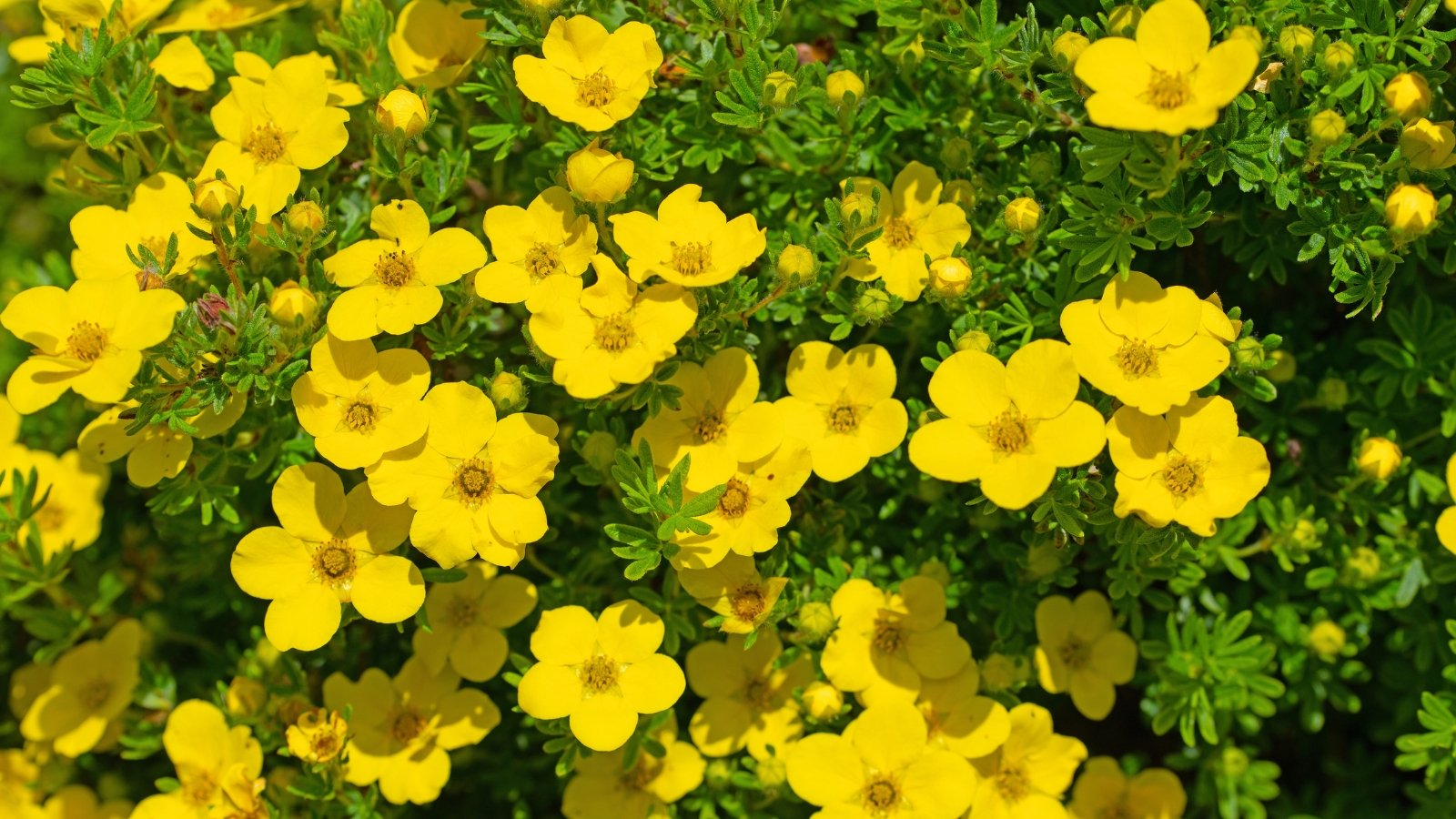 They offer reliable color and charm without demanding much attention.
They offer reliable color and charm without demanding much attention.Potentilla is a lesser-known summer-flowering shrub that looks wonderful in borders and mass plantings. It’s highly cold-tolerant and features bright, long-lasting blooms that begin to open in late spring and continue throughout the summer. You may even see it bloom until fall with proper care.
Drought-tolerant once established, potentilla even works well in rock and waterwise gardens. Give it a light pruning in early spring to maintain its shape and encourage more abundant growth and flowering. Low-maintenance and beautiful, this one provides reliable color and interest in the summertime.
Texas Rock Rose
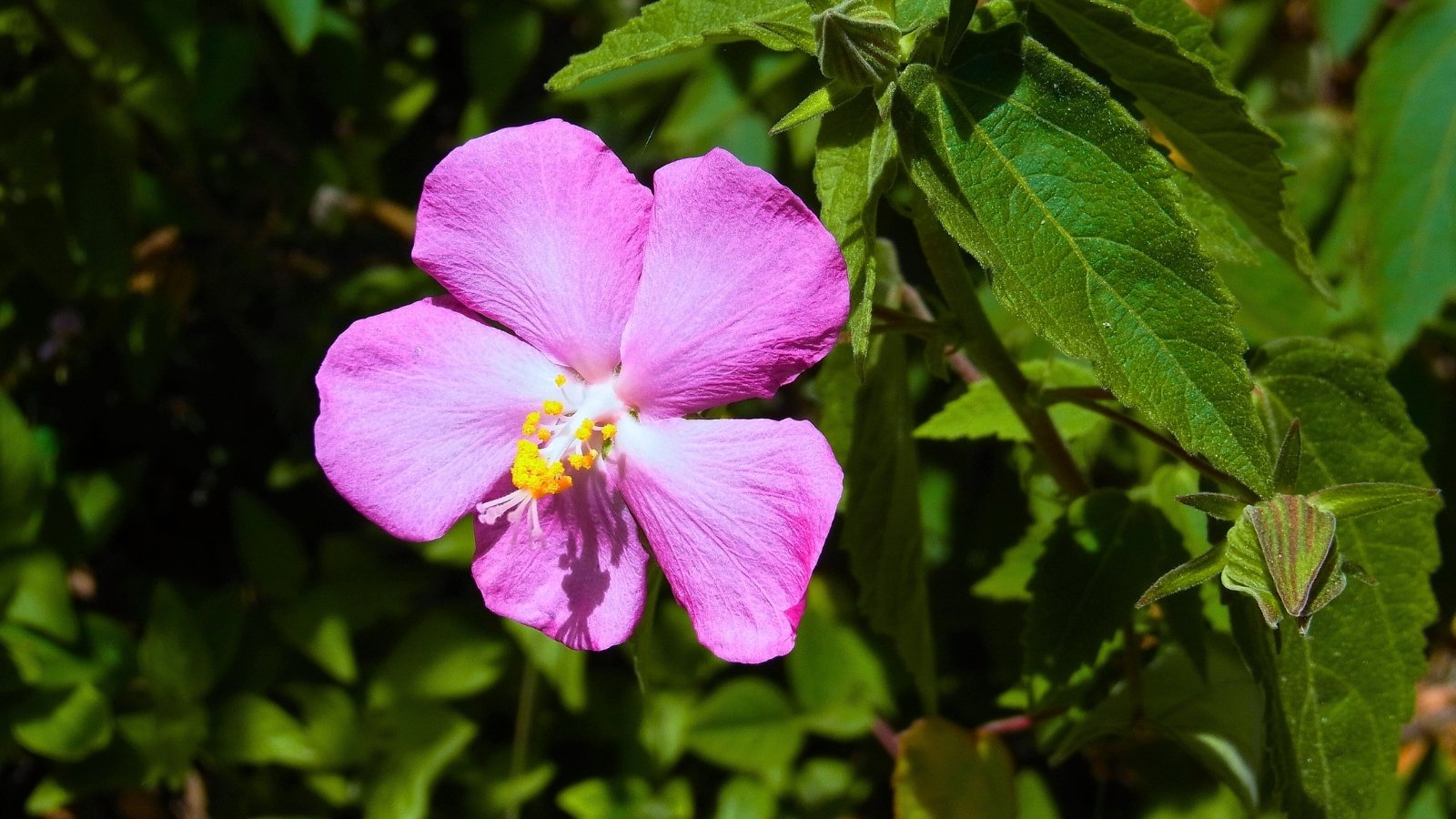 Bright blooms open with the morning sun every day.
Bright blooms open with the morning sun every day.If you like hibiscus, you’ll love Texas rock rose! The blooms and form are both similar on this gorgeous shrub. It begins blooming and keeps on until early fall, providing plenty of summer flowers. It’s compact enough for a mass planting or a smaller garden space.
Often called rose mallow, pollinators love the large, bright blooms. It’s heat and drought-tolerant and prefers well-drained soil. This shrub’s flowers open in the morning and close in the evening. It’s also great for xeriscapes and informal gardens.
Bottlebrush Buckeye
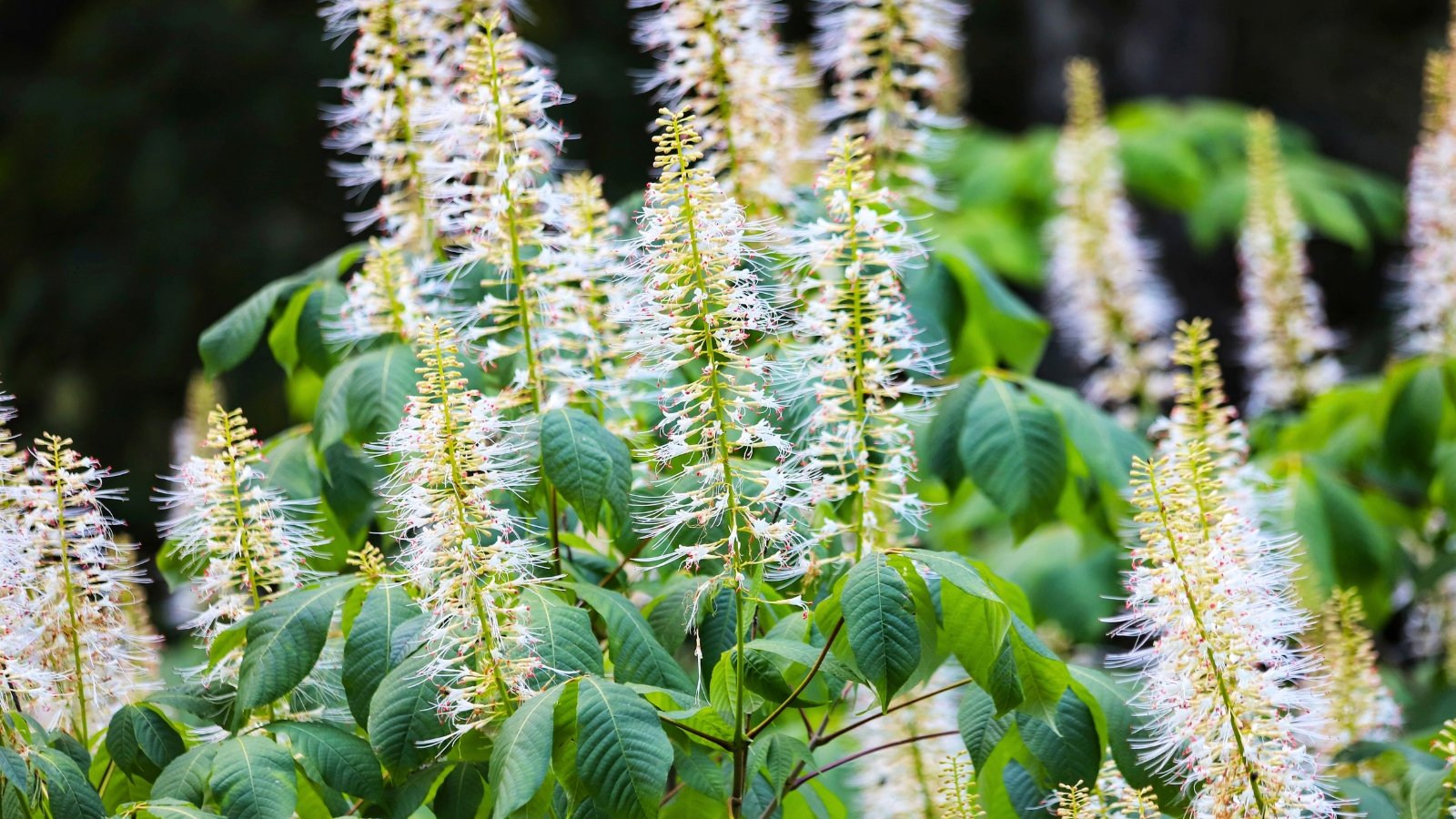 It needs regular water but rewards with gorgeous summer blooms.
It needs regular water but rewards with gorgeous summer blooms.If you want a shrub that flowers in the summer and tolerates shade, this last one is ideal. Bottlebrush buckeye is a beautiful, colonizing shrub that can grow to heights of up to 12 feet. It produces large spikes of showy, white flowers that bloom from mid to late summer.
This pretty plant adds beauty to those shadier spaces in the garden where little else will bloom. Like most shade plants, it’s not drought-tolerant, so be sure to provide it with ample water during droughts. Once established, it requires little maintenance.


 3 days ago
8
3 days ago
8






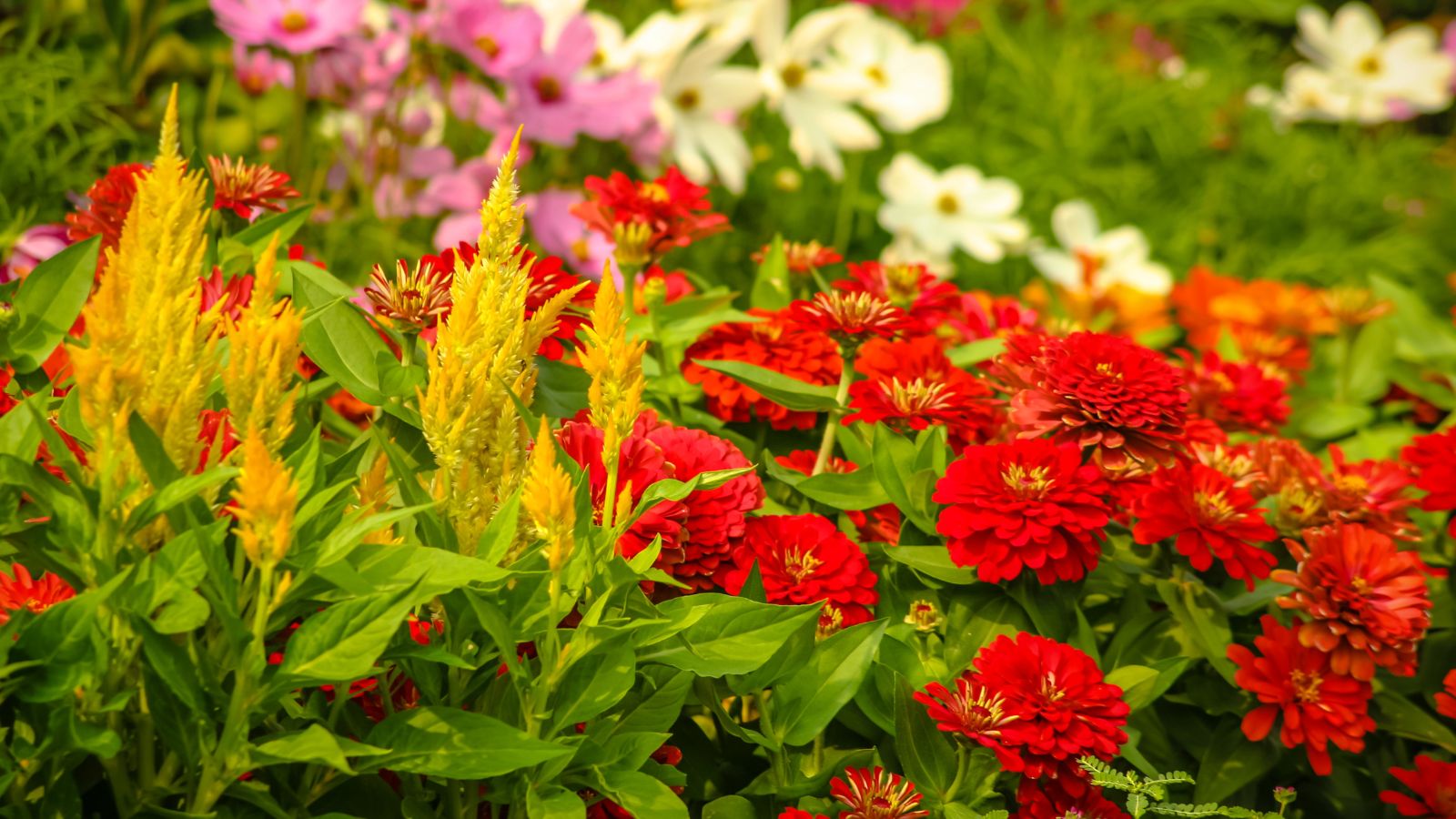














 English (US) ·
English (US) ·  French (CA) ·
French (CA) ·